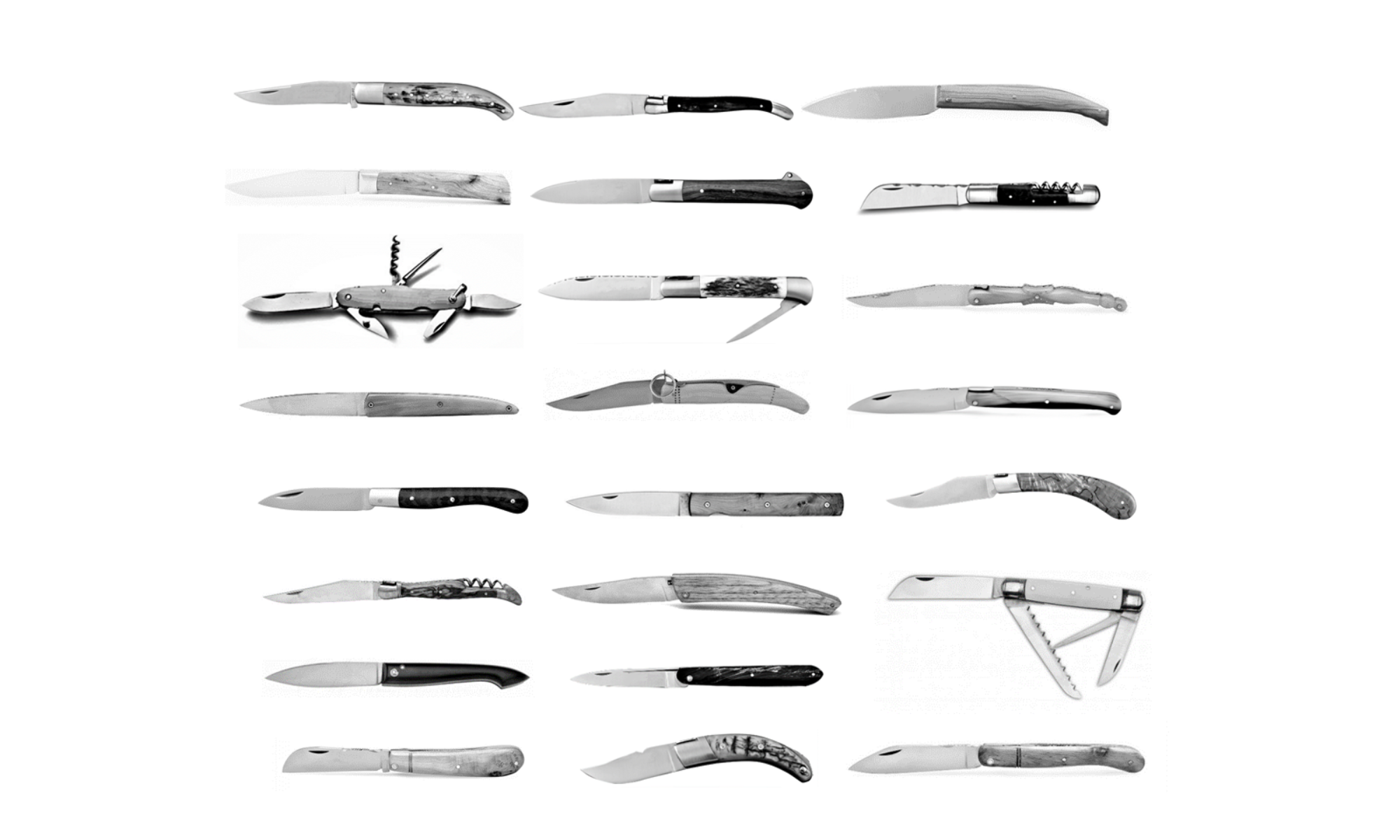
Everything started at the beginning of the 19th century when Victor-Amédée Opinel decided to install a forge in the little town of Gevoudaz, Savoie, in the French Alps.
He is an edge-tool maker and makes nails, axes, plow blades and various types of blades thanks to the Arvan, the rapid stream running there and that provides the energy for the forge tools.
Joseph Opinel, Victor-Amédée’s grandson, continues in the family business with his father but he has the idea to make folding knives for the local farmers and workers.

The city of Thiers was already very famous for its knives at the time and Joseph decided to go there and learn about knife making.
Some 130 years ago, in 1890, and against his father’s will, Joseph Opinel creates his first folding knife, with a wooden handle that would “fit perfectly in hand” and a steel blade “efficient, precise and elegant”. The famous folding knife was born.

One of the technical issue was the handle, cutting the handle in half all the way to the end would have make it weak, Joseph created a circular saw that was removing just enough material.
In 1896, 3 workers work in the factory and make 60 knives per day.
In 1897 Joseph creates the range of Opinel from No1 to No13. The No1 is used to clean the smoking pipe, the No13 is used to cut large pieces of meat, but the most famous, until today, are the No7 and No8

Each knife has a wood handle made of beechwood or cherrywood and a carbon steel blade in the yatagán style (a slight clip-point).

The crowned hand was stamped on the blades from the first models, as, since King Charles IX, every master knife maker had to put his mark as a guarantee of origin and quality. The three fingers representing the relics of Saint Jean-Baptiste that are part of the coat of arms of the city of Saint-Jean-De-Maurienne. The crown was a reference to the duchy of Savoy that was independent from France until 1860.

In 1901, Joseph creates the first Opinel factory, nearby his first workshop and install the 1st machine to manufacture the handles. 15 cutlers are working at the factory.

In 1911, Opinel receives the gold medal at the Alpine International Show in Turin, The first international recognition for the pocketknife.

In 1915, Joseph moves the factory to a new facility in Cognin, next to Chambery and close to roads and railroads, the town of Gevoudaz didn’t even have a paved way.

Joseph relied on the train engineers to sell his products throughout France, taking advantage of the Railroads’ strong territorial coverage.

In 1939, the Opinel No1 and No11 are discontinued.
In 1955, Marcel, Joseph’s son, invents the ring lock, called virobloc, allowing to lock the blade open. This locking ring will be modified again a bit before 2000 to lock the blade closed.

In 1973, the factory moves again, to Chambery

In 1985 is another recognition for the Opinel. It is nominated by the London Arts and Science Museum as one of the 100 best designs of the world, along with the Porsche 911 or the Rolex watch.

In 1986 are introduced Stainless steel blades.

In 2006, the Opinel is nominated by Phaidon Design classic as part of the 999 most perfect designs.

The brand is still alive because it has always been heavily protected with patents on the name, the logo, the virobloc system… This protected it from the Chinese and Pakistani’s competition that hit the industry pretty hard, starting in the 80’s. The famous Laguiole, that was lacking those kind of protection, was heavily copied.

Copy by Pradel 
Copy by Fleur de Savoie
Opinel is now a common noun in the French dictionary, Pablo Picasso used it to sculpt, the explorer Jean-Louis Etienne and navigators Eric Tabarly and Ellen McArthur took it in their adventures and the famous chef Paul Bocuse always kept it in his pocket.
Today, 130 years after the first design, the Opinel is still faithful to its legacy and really appreciated for its quality, ruggedness, style… and cheap price.
Find some variations of the Opinel on http://knives-of-france.com






